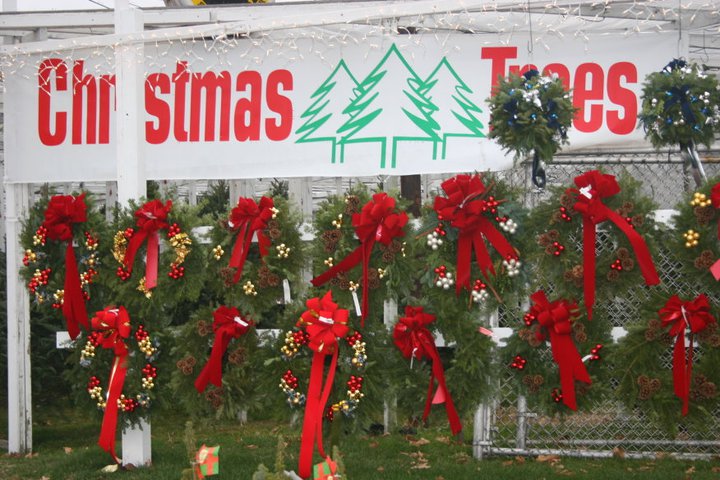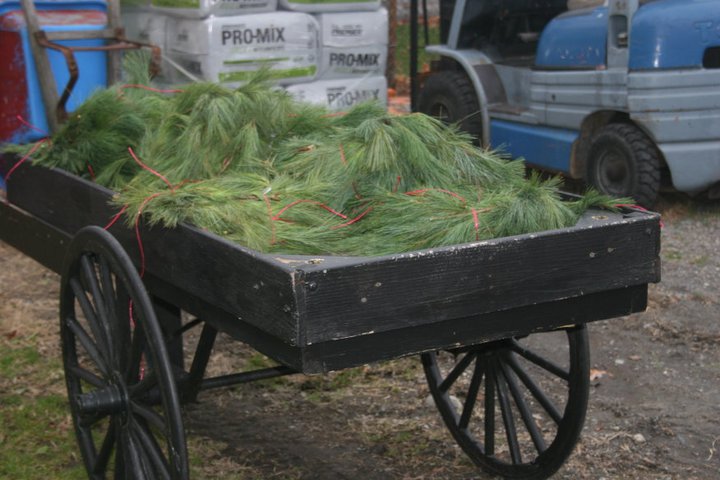 For centuries, Christmas has been celebrated with many symbols, especially the presence of evergreens. Evergreen boughs and garland were present in many cultures and celebrations. Jewish history shows the use of evergreen boughs in during their Feast of Tabernacles. While the Germans used evergreen boughs in their homes during winter to bring life indoors. The Romans celebrated their winter solstice with boughs, garlands and flowers. These celebrants were the beginnings of the floral industry. Our florist ancestors showed the importance of floral decor as a part of winter celebrations.
For centuries, Christmas has been celebrated with many symbols, especially the presence of evergreens. Evergreen boughs and garland were present in many cultures and celebrations. Jewish history shows the use of evergreen boughs in during their Feast of Tabernacles. While the Germans used evergreen boughs in their homes during winter to bring life indoors. The Romans celebrated their winter solstice with boughs, garlands and flowers. These celebrants were the beginnings of the floral industry. Our florist ancestors showed the importance of floral decor as a part of winter celebrations.
Christmas wreaths aand garland trace their symbolism to early Christianity. As Christians began celebrating the birth of Christ, the pagan traditions of winter were carried over and somewhat modified and new meanings were created. The boughs and garlands served as a symbol to remind Christians of the salvation and redemption of Jesus.

The presence of the holiday wreath resonates with religious symbol of a ring. Wreaths represent God's eternal nature; no beginning, no end. Many believe the origin of the Christmas wreath comes from Jesus' crown of thorns. The adornment and decoration of a Christmas wreath emanate from the celebration of Christ's birth as well as a crown for a King.

